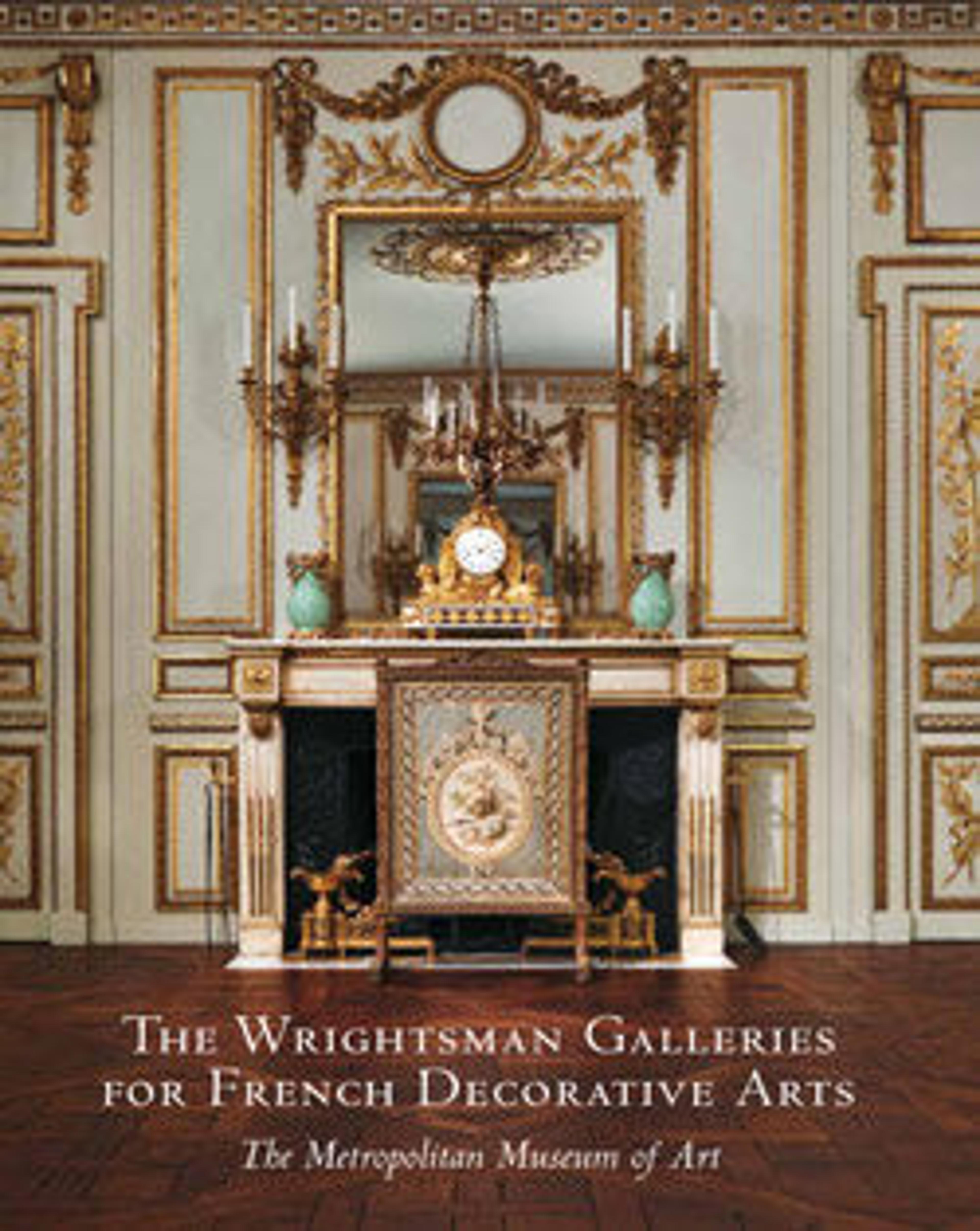Snuffbox with views at the château of Chanteloup
The miniatures that decorate this box lend it unusual importance and interest. The six scenes, which are painted in gouache on vellum, depict views of the Château de Chanteloup and of the gardens that surrounded it. The miniature on the lid, which provides the primary view of the château, is signed "Van Blarenberghe 1767." Three members of the Van Blarenberghe family painted miniatures, but these views of Chanteloup are attributed to Louis-Nicolas, considered the most talented of the three. His skills as a miniaturist were exceptional, and the small body of his work that survives provides an extraordinary record of various aspects of French life in the second half of the eighteenth century.
Chanteloup was owned by Étienne-François de Choiseul-Stainville, duc de Choiseul (1719–1785). As a principal governmental minister to Louis XV, and supported by the king’s mistress, Madame de Pompadour, Choiseul was one of the most powerful men in France until his political downfall in 1770. He retreated to Chanteloup and never returned to public life.
In addition to commissioning the views of Chanteloup from Van Blarenberghe, Choiseul asked the artist to paint miniatures of the interiors of his Parisian house, the Hôtel de Choiseul, to be incorporated into a snuffbox similar to the Chanteloup box (private collection). The two Choiseul boxes are remarkable documents of the residences of one of the most important and colorful figures of the ancien régime.
The gold frame into which the miniatures have been inserted bear the Paris warden’s mark for 1748–49. Boxes constructed with framework in this manner allowed for miniatures to be replaced as demands of fashion dictated.
Chanteloup was owned by Étienne-François de Choiseul-Stainville, duc de Choiseul (1719–1785). As a principal governmental minister to Louis XV, and supported by the king’s mistress, Madame de Pompadour, Choiseul was one of the most powerful men in France until his political downfall in 1770. He retreated to Chanteloup and never returned to public life.
In addition to commissioning the views of Chanteloup from Van Blarenberghe, Choiseul asked the artist to paint miniatures of the interiors of his Parisian house, the Hôtel de Choiseul, to be incorporated into a snuffbox similar to the Chanteloup box (private collection). The two Choiseul boxes are remarkable documents of the residences of one of the most important and colorful figures of the ancien régime.
The gold frame into which the miniatures have been inserted bear the Paris warden’s mark for 1748–49. Boxes constructed with framework in this manner allowed for miniatures to be replaced as demands of fashion dictated.
Artwork Details
- Title:Snuffbox with views at the château of Chanteloup
- Maker:Possibly by Pierre-François Delafons (master 1732, died 1787)
- Artist:Miniatures by Louis Nicolas van Blarenberghe (French, Lille 1716–1794 Fontainebleau)
- Date:1748/49, miniatures 1767
- Culture:French, Paris
- Medium:Gold, glass, velum
- Dimensions:Overall: 1 3/4 × 3 1/8 × 2 1/4 in. (4.4 × 7.9 × 5.7 cm);
Miniatures: top: 2 1/4 x 3 1/8 in. (57 x 80 mm); bottom: 2 1/4 x 3 1/8 in. (57 x 80 mm); front: 1 3/4 x 3 1/8 in. (45 x 80 mm); back: 1 3/4 x 3 1/8 in. (45 x 80 mm); left side: 1 3/4 x 2 1/4 in. (45 x 57 mm); right side: 1 3/4 x 2 1/4 in. (47 x 57 mm) - Classifications:Metalwork-Gold and Platinum, Miniatures
- Credit Line:Gift of Mr. and Mrs. Charles Wrightsman, 1976
- Object Number:1976.155.22
- Curatorial Department: European Sculpture and Decorative Arts
More Artwork
Research Resources
The Met provides unparalleled resources for research and welcomes an international community of students and scholars. The Met's Open Access API is where creators and researchers can connect to the The Met collection. Open Access data and public domain images are available for unrestricted commercial and noncommercial use without permission or fee.
To request images under copyright and other restrictions, please use this Image Request form.
Feedback
We continue to research and examine historical and cultural context for objects in The Met collection. If you have comments or questions about this object record, please contact us using the form below. The Museum looks forward to receiving your comments.
